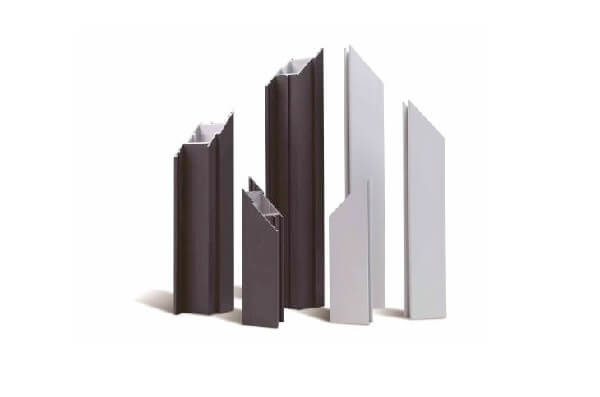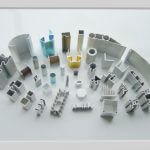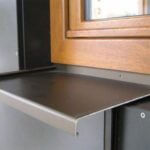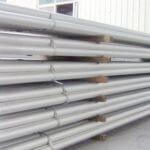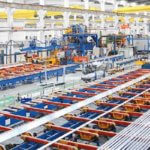The difference and relation between aluminum profiles and aluminum alloys
The difference and relation between aluminum profiles and aluminum alloys
Aluminum profiles and aluminum alloys difference and relation
The difference and relation between aluminum profiles and aluminum alloys
Aluminum profile is one kind of material and aluminum alloy is one kind of metal.
The aluminum profile is an application form of the aluminum alloy, and the material of the aluminum alloy or the material of the pure aluminum can be called as aluminum profile.
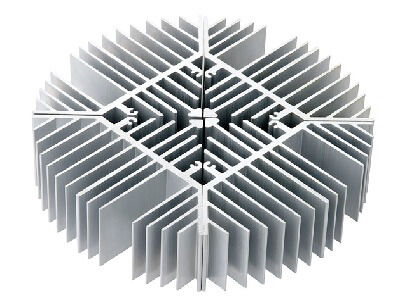
The aluminum profile is an aluminum material by the hot-melting and extruding process to obtain different cross-sectional shapes.
General aluminum profiles include aluminum panels, aluminum doors and windows, aluminum ceilings, aluminum curtain walls, standard aluminum profile and aerospace plane parts, mechanical parts, electronic and electrical accessories, etc.
In order to improve the decoration effect, improve the corrosion resistance and prolong the service life, the aluminum profile will be surface treated generally.
Classification by surface treatment
- Anodized aluminum profile
- Electrophoresis aluminum profile
- Powder coated aluminum profile
- Fluorocarbon paint aluminum profile
- Wood grain effect aluminum profile
- Polishing aluminum profile
- Brushing aluminum profile
- Shiny aluminum profile
Aluminum profile features
- Corrosion resistance
The aluminum profile has a density of only 2.7 g/cm3, which is about 1/3 of the density of steel, copper or brass (7.83 g/cm3, 8.93 g/cm3, respectively).
Aluminum shows excellent corrosion resistance under most environmental conditions, including air, water (or brine), petrochemicals, and many chemical systems.
- Conductivity
Aluminum profiles are often chosen for their excellent electrical conductivity.
On the basis of equal weight, the electrical conductivity of aluminum is nearly twice that of copper.
- Thermal conductivity rate
The thermal conductivity of aluminum is about 50-60% of that of copper, which is very advantageous for the manufacture of heat exchangers, evaporators, heating appliances, cooking utensils, and automotive cylinder heads and radiators.
- Non-ferromagnetic
Aluminum profiles are non-ferromagnetic, which is an important feature for the electrical and electronics industries.
Aluminum profiles are not self-ignitable, which is important for applications involving handling or contact with flammable and explosive materials.
- Machinability
The machinability of the aluminum profile is excellent.
In various deformed aluminum alloys and cast aluminum alloys, and in various states after the production of these alloys, the machining characteristics vary considerably, which requires special machine tools or techniques.
- Formability
The specific tensile strength, yield strength, elongation and corresponding work hardening rate govern the variation in allowable deformation.
- Recyclability
Aluminum is extremely recyclable, and the properties of recycled aluminum are almost indistinguishable from that of primary aluminum.
Aluminum profiles can be done in the following applications because of their features
Architectural door and window,
Curtain wall aluminum profiles,
Aerospace aluminum profiles,
Transportation aluminum profiles,
CPU radiators,
Special heatsink aluminum profiles,
Shelf aluminum profiles,
Furniture aluminum profiles,
Solar energy aluminum profiles,
Display equipment aluminum profiles,
Medical equipment aluminum profiles,
Automated machinery and equipment aluminum profiles,
The skeleton of the enclosure and the company’s custom-made aluminum profile according to their own mechanical equipment requirements, such as assembly lines, T slots, dispensers, testing equipment and other aluminum profiles.
Aluminum alloy
The aluminum alloy is made by pure aluminum added with some alloying elements, such as the following:
Aluminum-manganese alloy,
Aluminum-copper alloy,
Aluminum-copper-magnesium hard aluminum alloy,
Aluminum-zinc-magnesium-copper super hard aluminum alloy.
Aluminum alloy has better physical and mechanical properties than pure aluminum: easy processing, high durability, wide application range, good decorative effect and rich color.
Aluminum alloy is one of the most widely used non-ferrous metal structural materials in the industry and has been widely used in aerospace, automotive, machinery manufacturing, marine and chemical industries.
Aluminum alloys are classified into rust-proof aluminum, hard aluminum, and super-hard aluminum. Each category has its own range of use and has its own code for users to choose.
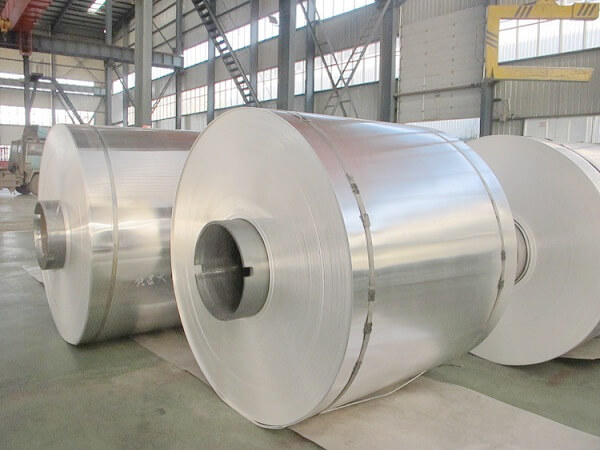
Aluminum alloy classification features
According to the characteristics of the production process, aluminum alloy is divided into two types: wrought aluminum alloy and cast aluminum alloy.
Wrought aluminum alloy
It can be divided into rust-proof aluminum alloy, hard aluminum alloy, super-hard aluminum alloy and wrought aluminum alloy, etc., which have their own characteristics and different application ranges.
The wrought aluminum alloy is subjected to hot and cold pressing processing such as rolling and extrusion to form various profiles such as plates, rods, wires and tubes.
- Anti-rust aluminum alloy, belonging to aluminum-manganese and aluminum-magnesium alloys, with moderate strength and excellent plasticity, good corrosion resistance, etc.
It is an aluminum alloy that can be heat-treated and strengthened for good corrosion resistance. Containers, fuel tanks, deep-processing parts, etc.
- Hard aluminum alloy, belonging to aluminum-copper-magnesium alloy, can improve strength through quenching and aging treatment, and has poor corrosion resistance.
It is used to manufacture aircraft girders, frames, air propellers, etc., and also in instrument manufacturing applications.
- Super-hard aluminum alloy, which belongs to aluminum-copper-magnesium-zinc alloy formed by adding zinc on the basis of hard aluminum alloy, can be heat-treated to improve strength, and has poor corrosion resistance, and is used for structures with large force on the aircraft. Parts, such as aircraft girders, landing gear, etc.
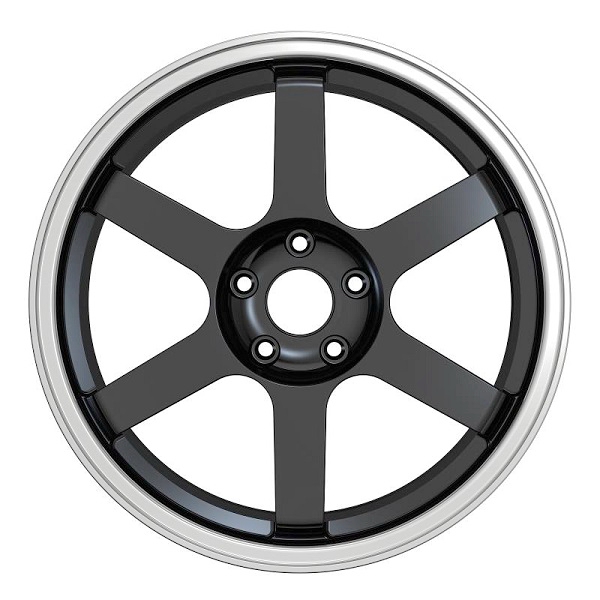
- Forged aluminum alloy, mostly aluminum-copper-magnesium-silicon or aluminum-copper-magnesium-nickel-iron alloys, have good thermoplasticity and corrosion resistance, and have good pressure processing properties under heat conditions, and are best obtained by heat treatment. Enhancement effect.
It is mainly used in the aviation instrument manufacturing industry to manufacture forgings or stampings with complex shapes, light weight and high strength, such as impellers, conductive wheels, rocker arms of aircraft operating systems, etc.
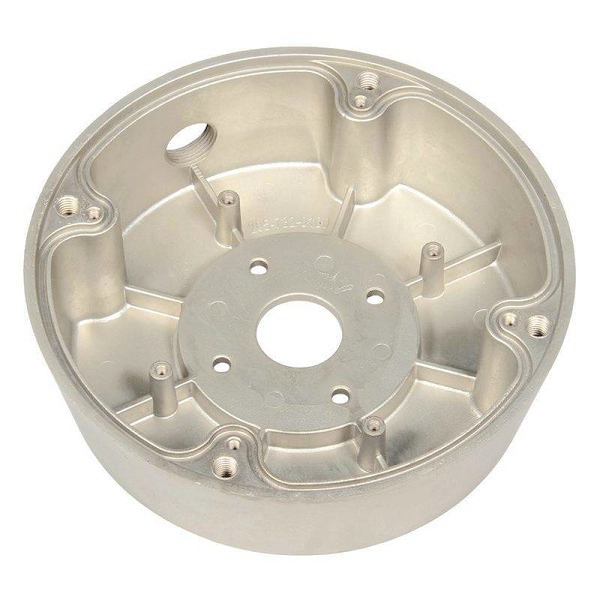
Cast aluminum alloy
It can be divided into aluminum-silicon type, aluminum-copper type, aluminum-magnesium type and aluminum-zinc type, etc., and has excellent casting performance, and is an aluminum alloy of various shapes manufactured by various casting methods.
Honstar Aluminum Products Co., Ltd has been an aluminum industry leader for over 12 years in manufacturing precision aluminum parts, custom aluminum extrusions and standard aluminum extrusions.
We focus exclusively on producing the smallest, most complex, precision aluminum parts, custom aluminum extrusions, standard aluminum extrusions and floor covering aluminum profiles.
Contact us now for your aluminum profile order, and offer the total solution and one-stop service for your request.
Get A RELIABLE No-Obligation Quote

